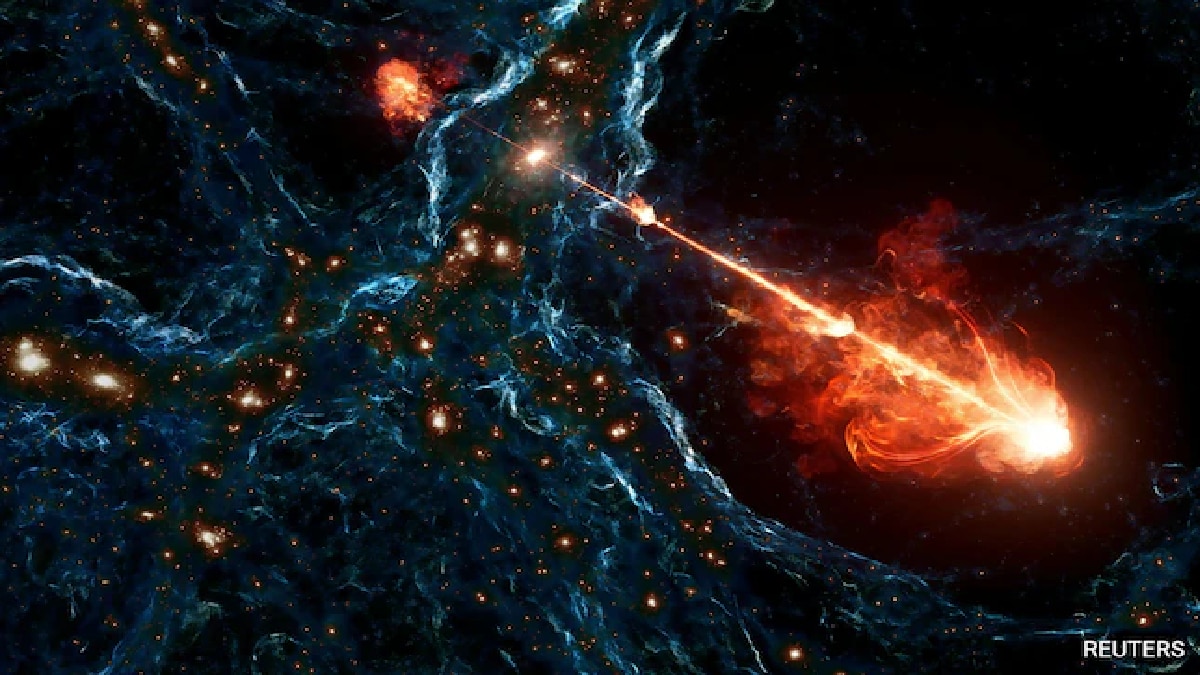The Haunting Sounds of a Supermassive Black Hole
NASA, the renowned American space agency, has captured a sound from the depths of space that has left many intrigued and somewhat unnerved. This eerie audio emanates from a colossal black hole located an astonishing 250 million light-years away from Earth, nestled in the heart of the Perseus cluster of galaxies. These mesmerizing sound waves, which are incredibly low in frequency, challenge our understanding of sound in the universe.
The Nature of Space Sounds
In the vacuum of space, sound vibrations as we know them cannot travel, as there is no medium for sound waves to propagate. However, NASA’s researchers have found a way to make these otherwise inaudible waves audible to the human ear. To achieve this, they elevated the original sound waves by 57 and 58 octaves, effectively translating these cosmic phenomena into a range we can appreciate.
A Historical Discovery
The journey to uncover these sounds began in 2003 when scientists discovered sound waves emitted from a massive black hole surrounded by an expansive gas cloud in the Perseus cluster. This discovery revealed a hauntingly beautiful humming noise, representing the lowest frequency waves ever recorded in the universe. The pitch identified is a B-flat, residing a staggering 57 octaves below middle C, with a frequency that spans 10 million years—a concept that is difficult to grasp.
Understanding the Low Frequencies
To put this into perspective, the lowest note that can be detected by human ears has a frequency of about one-fiftieth of a second. The sound waves captured from the supermassive black hole were processed and played in an anticlockwise direction, revealing a startling auditory experience much like other space sounds discovered before it. The result is a soundscape that is both haunting and otherworldly.
The Significance of These Findings
This research into the sounds of black holes not only provides an intriguing glimpse into the workings of these enigmatic cosmic entities but also highlights the innovative methods scientists employ to translate complex astronomical phenomena into relatable experiences. By sonifying these sound waves, NASA opens a new frontier in astrophysics, forging a deeper connection between humanity and the vast universe.
Conclusion
NASA’s exploration of sound waves from the Perseus black hole reminds us of our universe’s mysterious and often surreal nature. As we continue to push the boundaries of our understanding, these haunting sounds serve as a reminder of the wonders that lie beyond our planet, inspiring curiosity and fascination for future generations of stargazers and scientists alike.









